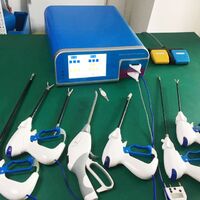Medical ultrasound scalpel system 2020
- $2000.00 /unit
- 1 unit
- Guangzhou Iclear Healthcare Limited
- Guangdong, China
- Mr
| place of origin; place of origin: | Guangdong, China | Warranty: | 2 years |
| Packaging Details: | Carton | Energy source: | electrical |
| characteristic: | Abdominal Surgery Equipment | Instrument classification: | secondary |
| product name: | Ultrasonic scalpel system | Material: | plastic |
| Quality Certification: | ce | model: | CH-SC100E |
| type: | clamp | port: | Guangzhou |
| brand: | Eckley | Supply capacity: | 1000 units per month |
| After-sale service: | Online technical support | safety standard: | EN 149-2001+A1-2009 |
| Shelf life: | 2 years | payment terms: | Western Union,D/P,D/A,T/T,MoneyGram,WeChat Pay/Alipay/Cash |
2020 Medical Ultrasonic Scalpel System
CH-SC100E
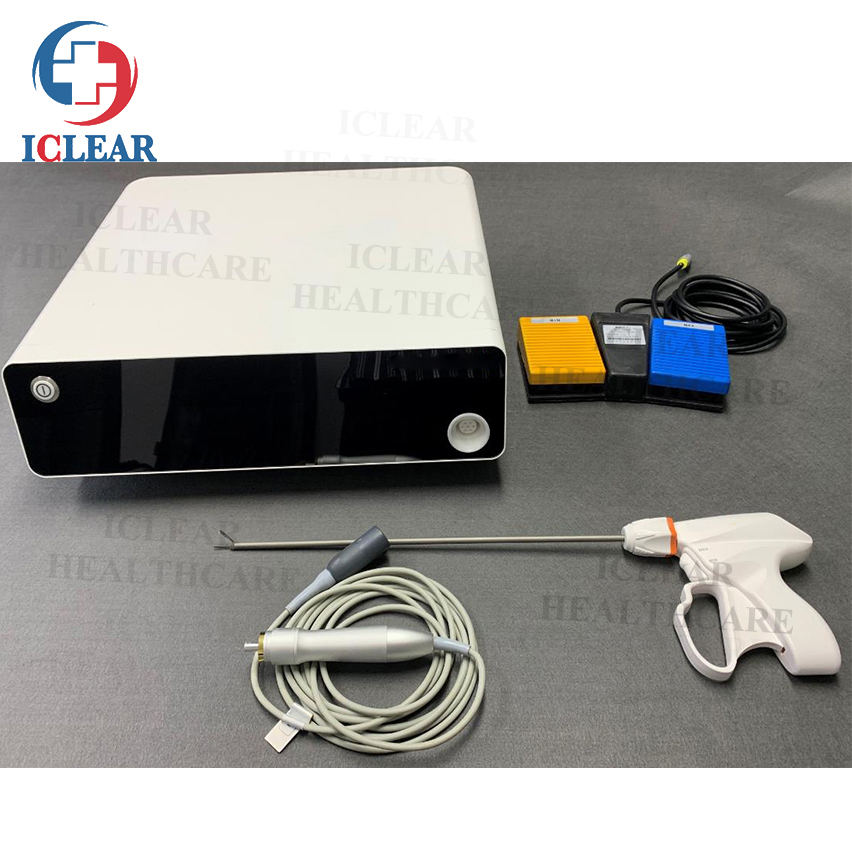 Principle of ultrasonic scalpel:
Principle of ultrasonic scalpel:
The electrical energy is converted into mechanical energy by the transducer, which causes the scalpel to mechanically oscillate at a frequency of 55.5KHz. It evaporates the water in the tissue cells, breaks the hydrogen bonds of the protein, disintegrates the cells, and cuts or seals the tissue, so as to achieve the purpose of tissue cutting and hemostasis.
Advantages of Ultrasonic Scalpel
Safety
1. No current passes through the human body, no risk of burns
2. Reduce lateral thermal damage and avoid damage to surrounding organs or tissues
3. No eschar, less trauma
potency
1. More precise
2. Cutting and hemostasis at the same time
3. No smoke, clear vision, saving operation time
4. One machine has multiple functions, which can complete functions such as cutting, sealing, grasping, and separation.
Indications
For required soft tissue dissection
Bleeding control and minimal thermal damage.
| Contraindications |
| bone cutting; |
| tubal ligation for contraceptive purposes; |

can be use on
Surgery • ENT surgery (tonsillectomy, UPPP, parotid tumor resection)
• Head and neck surgery (thyroidectomy, neck dissection)
• Breast surgery (radical mastectomy, lumpectomy, axillary lymph node dissection)
• Liver and gallbladder surgery
• Thoracic surgery (radical resection of esophagus, radical resection of lung cancer,
Mediastinal Surgery, CATS)
• Abdominal surgery (radical gastrectomy, ESRRC, laparoscopic colorectal surgery)
• Minimally invasive gynecology (myomectomy, adnexectomy, total hysterectomy, pelvic lymphadenectomy, etc.)
• Minimally invasive urological procedures (renal cystectomy, adrenalectomy, radical prostatectomy, etc.)
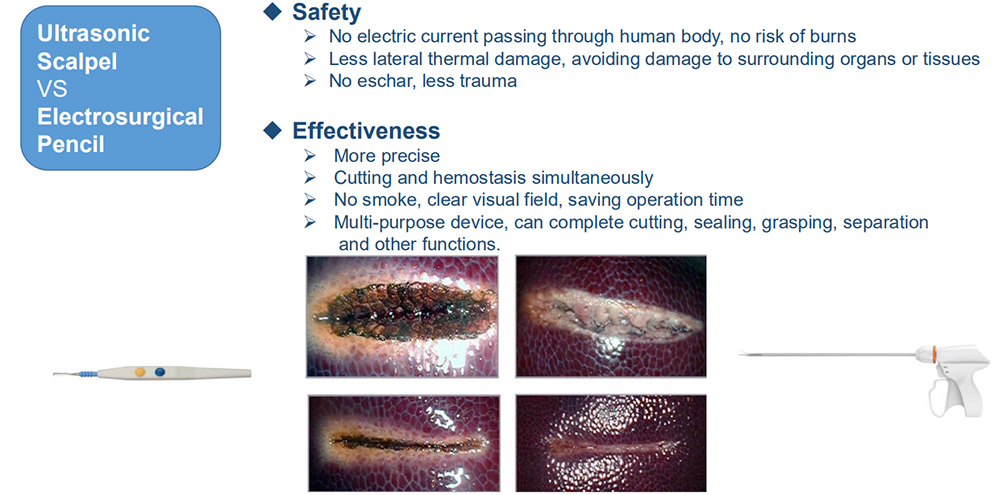
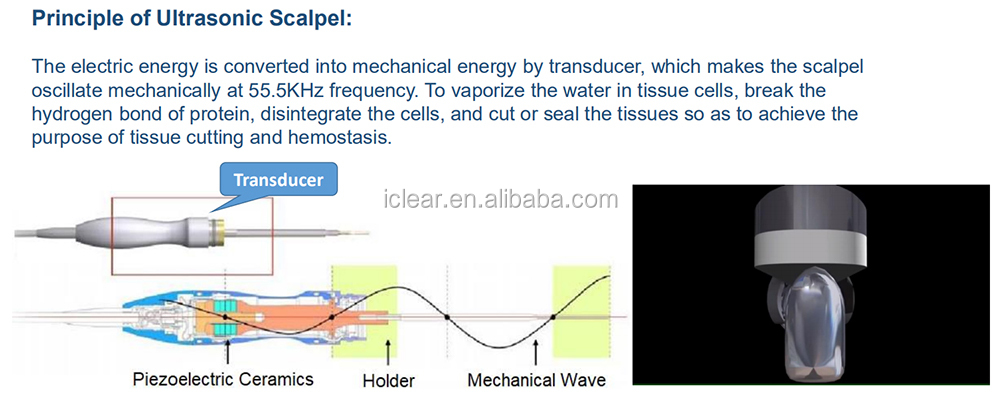
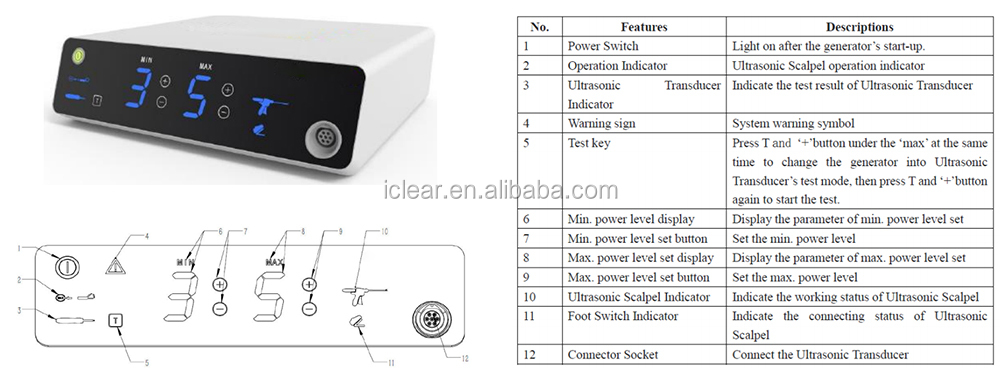
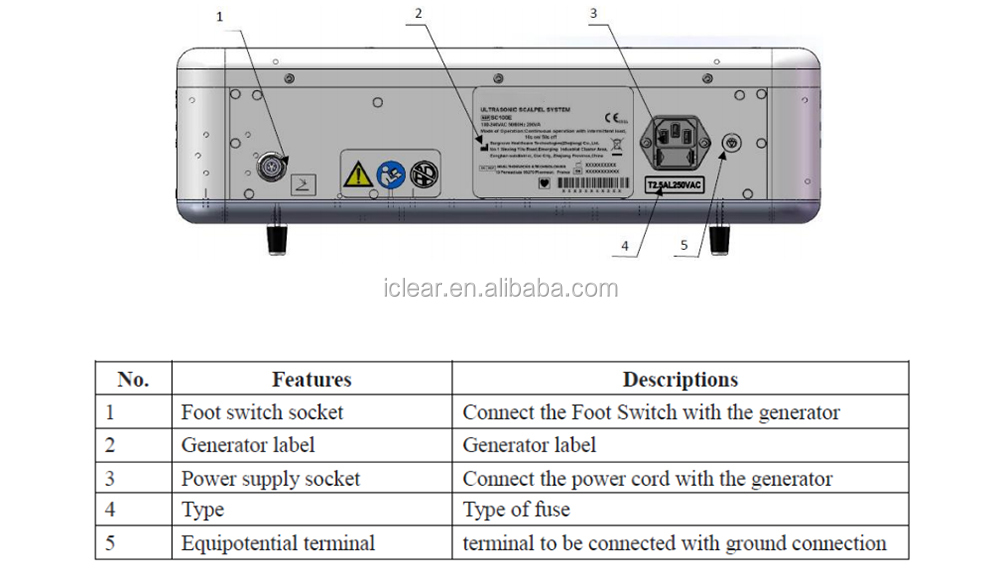
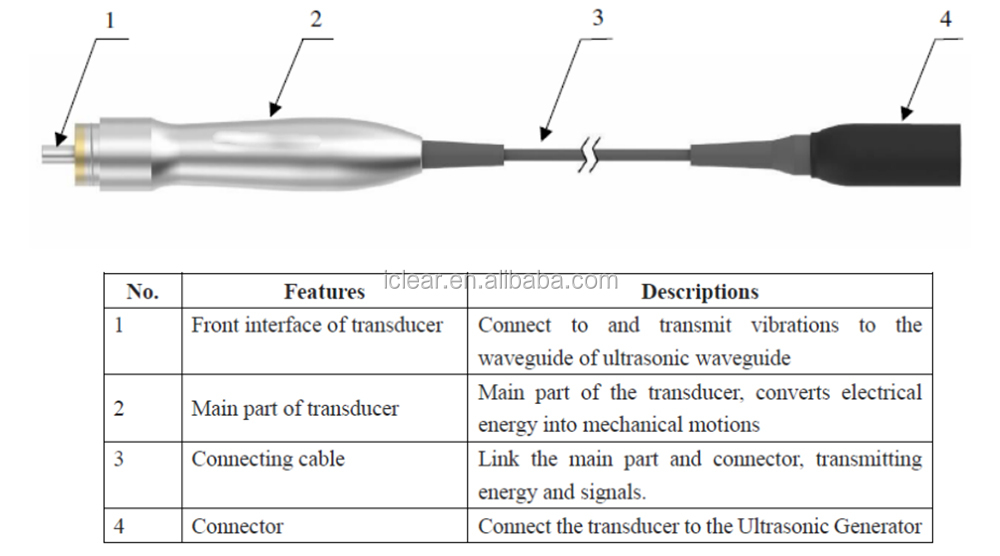
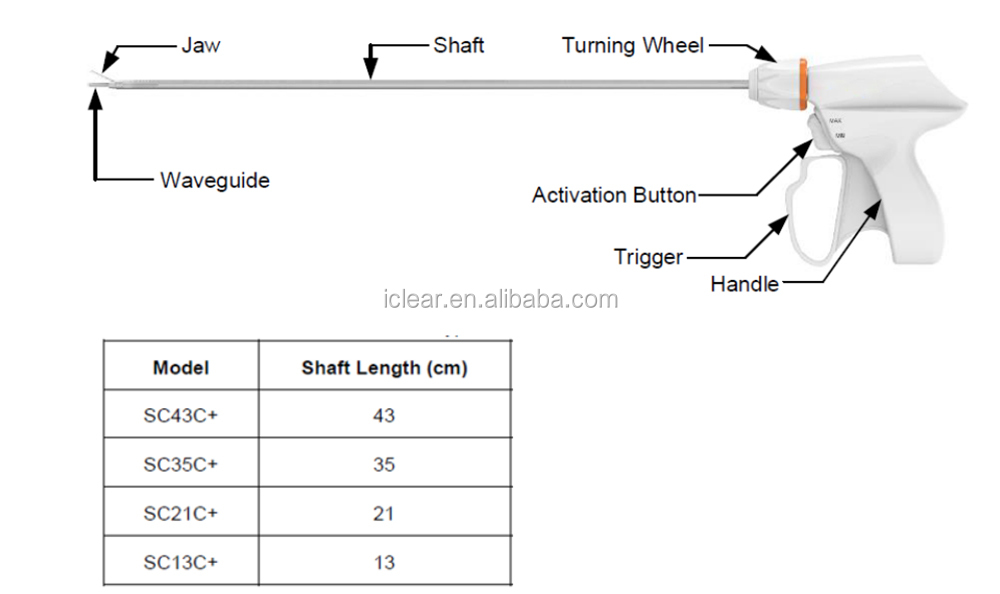
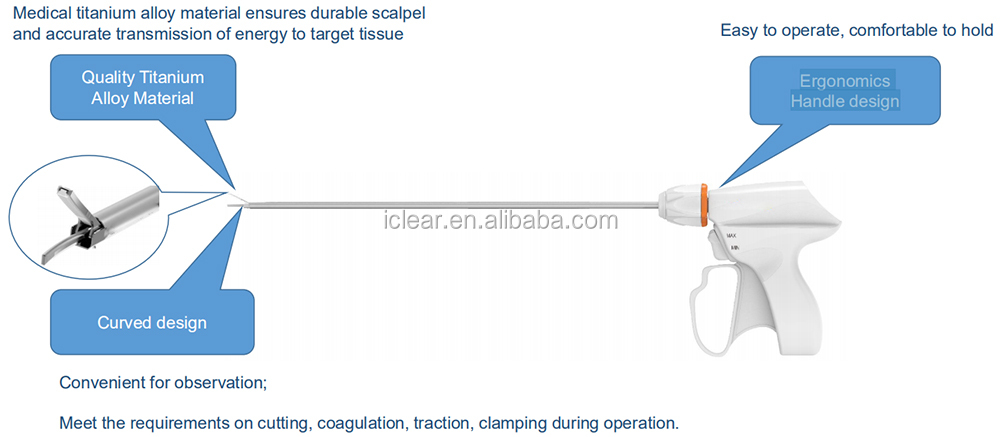
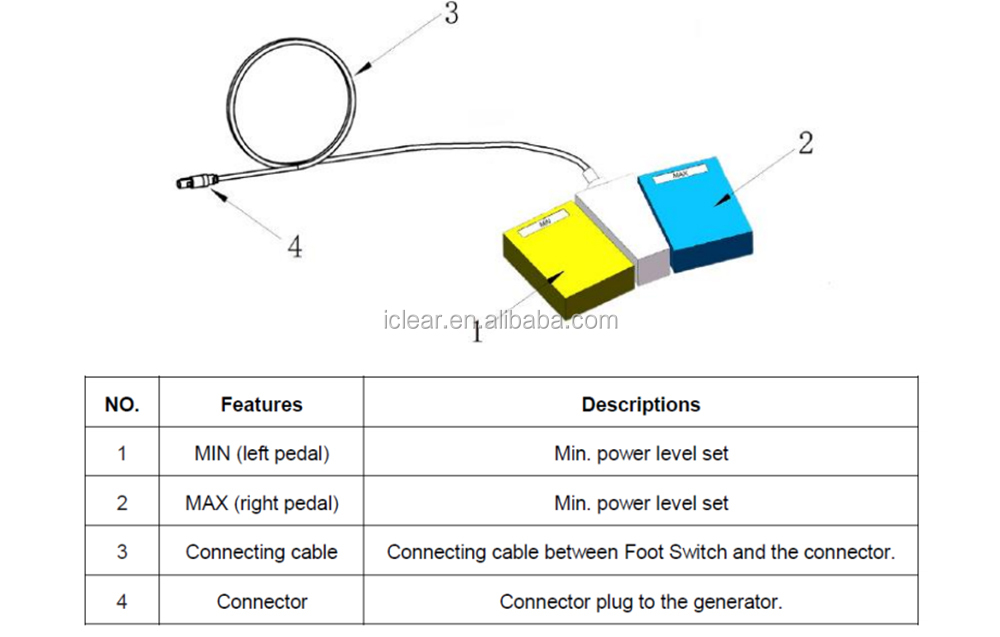
Other Products
-
 Innovative Emergency CPR and AED Training Manikin with Blood Flow Visualization$100.00 / piece
Innovative Emergency CPR and AED Training Manikin with Blood Flow Visualization$100.00 / piece -
 PU Double Armrest Saddle Riding Dentist Surgery Chair$100.00 / piece
PU Double Armrest Saddle Riding Dentist Surgery Chair$100.00 / piece



